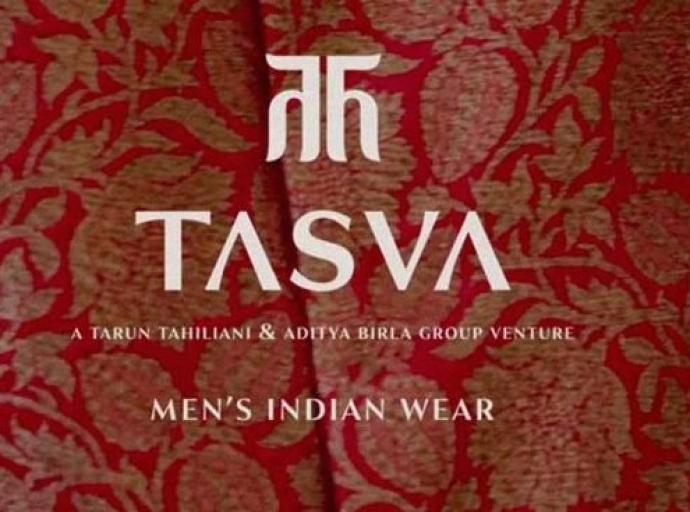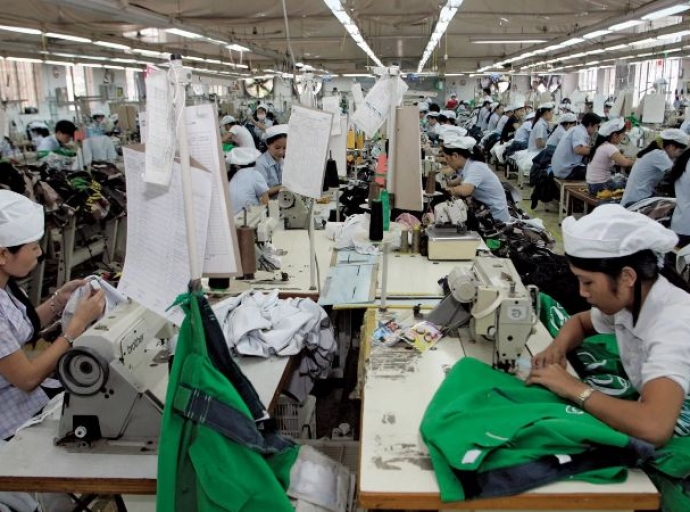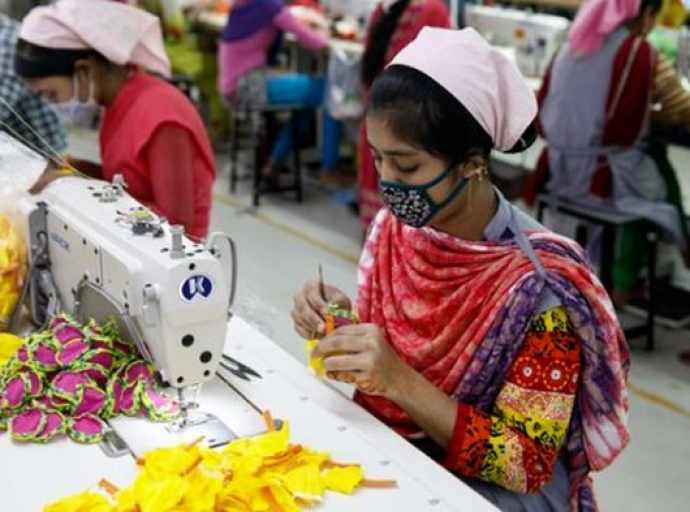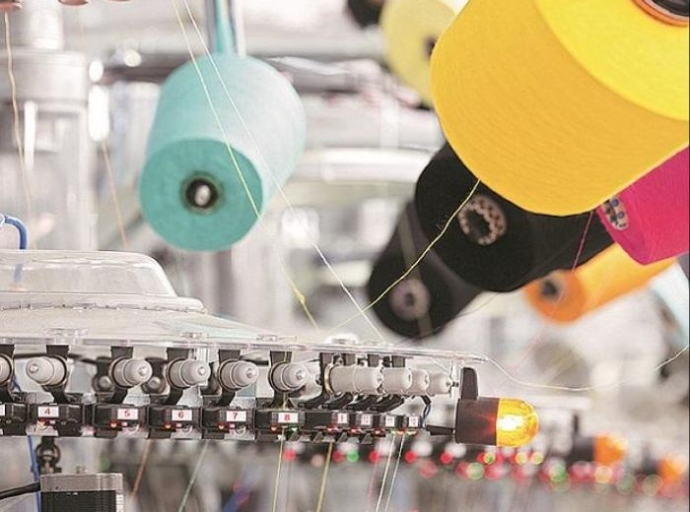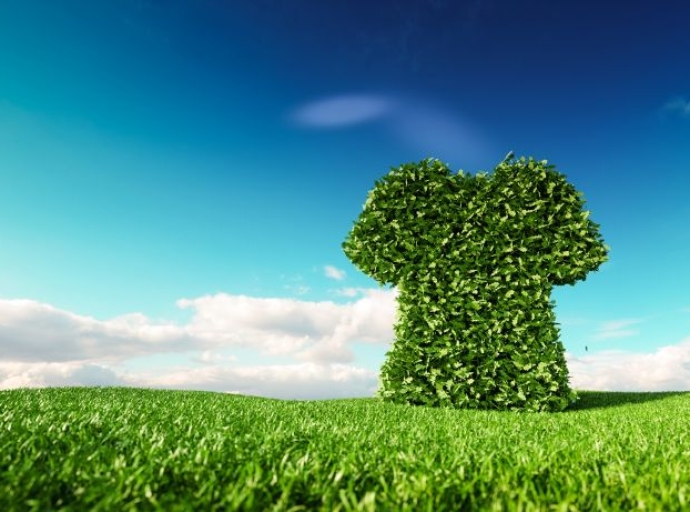02 December 2022, Mumbai
Industry leaders scarcely highlighted fast fashion during the COP27 summit, instead emphasizing the need for regulation and the use of renewable energy in factories. Even if the biggest names in fashion have committed to reducing their carbon footprint, quick fashion is currently all the rage.
Apparel/Clothing companies and manufacturers highlighted global warming at COP27 as a chance to show off their climate pledges. However, several acknowledged their commitment to cut emissions in half by 2030.
Stepping back into history when Marquee 'Global Brands Signed' up to the Fashion Industry Charter for Climate Action at the COP24 summit, 2018 pledging seriously to cut down emissions by 30 percent through 2030 at the same time ambitiously had set targets ahead of themselves to be net-zero emitters by say 2050.
It is like a chicken or egg story in some sense the thesis of pull or pushes in the apparel industry to go green if the consumer is sensitized as long as she has made an irreversible choice for opting for the green product then the key components of supply chain building blocks will start to fall into place.
Going gung-ho over Organic?
India is currently the world's top producer of organic cotton. Although organic cotton is expanding quickly, it still makes up a tiny portion of the overall cotton market—about 0.2% of the entire cotton production. Environment-friendly techniques and supplies are used to grow organic cotton. India overtook Turkey as the market leader after seeing its production rise by 292% to 73,702 metric tonnes, or over half of global organic cotton production.
As a result, organic cotton was produced on 161,000 hectares in 22 countries, yielding 668 581 bales or 145,872 tonnes. Syria, Turkey, China, Tanzania, the United States, Uganda, Peru, Egypt, and Burkina Faso are significant additional organic cotton producers.
Water Footprint in Textiles
The textile and fashion industry arguably is one of the water's thirstiest sectors as its long supply chain is regarded to be the heaviest water consumer from fibre production to finished product. The industry's environmental effect, however, is not only dependent on the amount of water it uses.
Since cotton can require a significant amount of water for irrigation, organic standards do not set water usage restrictions. The ethical treatment of cotton workers is another example. "Contrary to popular belief, most cotton is not environmentally friendly”.
Transparency & sustainability
Transparency in the supply chain is still essential. Consumers should ensure that everything they wear or use complies with reasonable standards and certification procedures and that it comes from an open and transparent supply chain.
Players must therefore comprehend the necessity for ecological or organic fabrics, "said Organic Exchange's Ms. Anne Gillespie. One of the best paths forward for the sustainable textile and apparel ((T&A) industry is the ongoing study into creating biodegradable and fully recyclable raw materials for textile and apparel/clothing manufacturing.
Although more expensive, biodegradable fabrics are a promising concept in theory. Despite starting from a tiny foundation, the demand for biodegradable polyester is reportedly expanding by roughly 30% annually.
Fiber Eco-Review
The article takes a serious note of evaluating when it comes to apparel/clothing, the rate of purchase and disposal has dramatically increased through the period.
Different strokes for different folks; Without proving any point Cotton, is one of the most commonly used and quite versatile fiber used in apparel/clothing making, with each step of the apparel/clothing life cycle leaving potential environmental impact & significant footprint.
Sustainable fibre; The logical argument is that wool is a natural and renewable protein fibre & unquestionably quite similar to any mainstream textile fibre of the textile industry. Wool is very environmentally friendly on the market but is frequently disregarded.
Wool uses less water and chemicals than cotton and is naturally renewable and biodegradable. It is also not made of petroleum. The case in point is, polyester another popularly used manufactured fiber, is made from petroleum which again leaves a potential environmental impact.
Additionally, wool has a "Wholesome image" that is frequently connected to animals but is challenging to define or measure, making it different from cotton, a plant.
Without making a B/W conclusion Sustainability, Recycling, and Circular Economy are the other forces exerting influence over the growth of the MMF (Man Made Fibre) Industry in the times when concepts like green financing as a unified policy to give money investors have amid growing concerns around ESG are quite a buzz.
Everything Old Is New Again
The presence of companies such as ThredUP and Poshmark that cater to the demand for inexpensive and ecological alternatives to new clothes will push growth in the coming years.
Cutting out the noise to bust a myth/stereotype meeting the holistic/well-rounded sustainability target is posed with enormous odds/super challenges for an industry of this size and scale anywhere globally, given that the apparel industry is saddled with long and complicated intricate supply chains running trans borders in most cases.
The new, long-lasting macro trends toward sustainability must be addressed by textile and apparel ((T&C) manufacturers or designers. Sustainability concern is central to the inherent value chain rather than being done as a marketing tool, but a way forward for direct future research to The March Ahead.
Retailers and brands are searching for specific characteristics in their new eco-textile programs. This is a long-term strategy for the world and business, not a fad.
Latest Textile News

